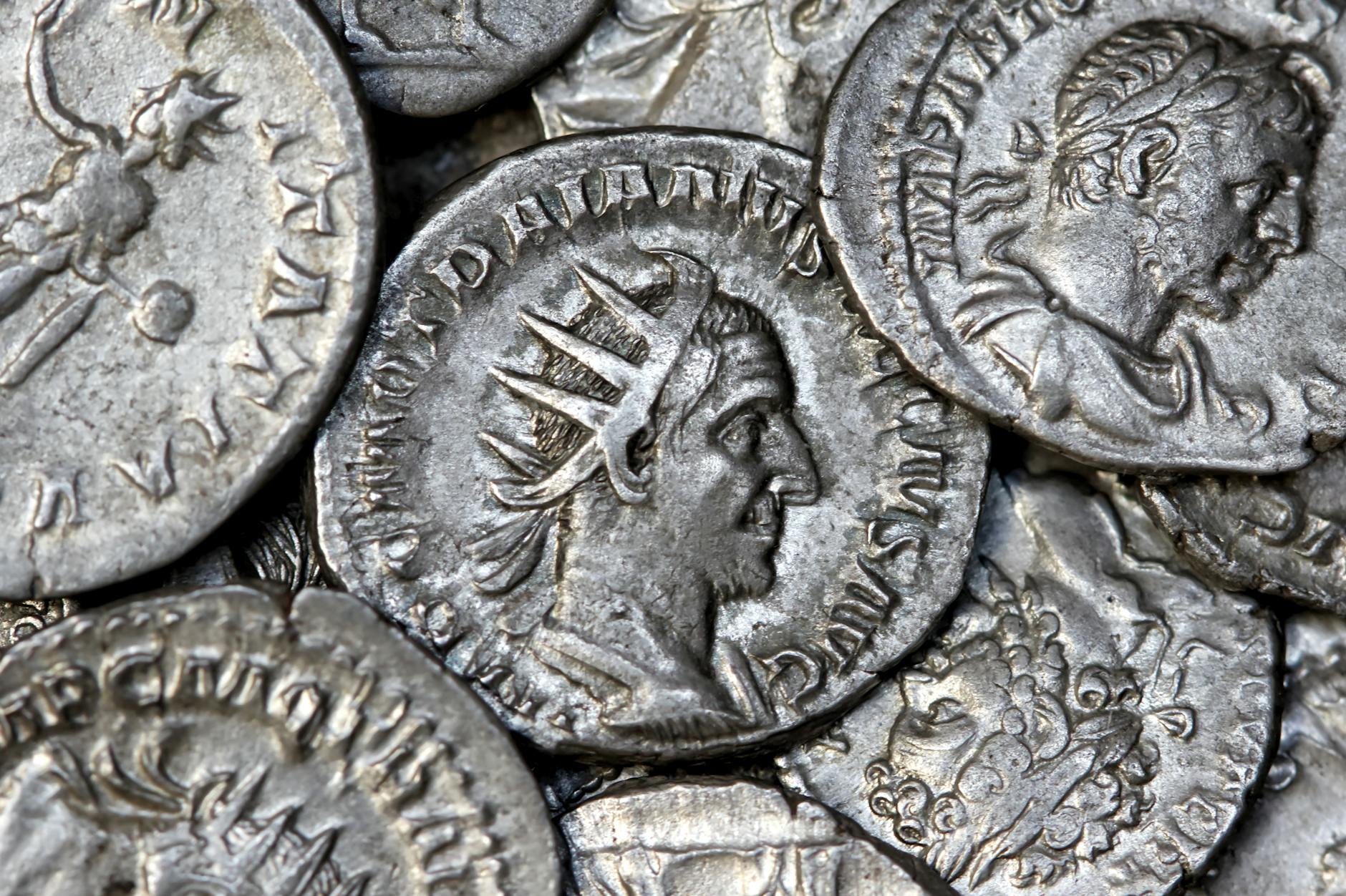In the diverse universe of alternative investments, collectible artifacts stand out for their unique blend of historical significance, cultural value, and financial potential. From ancient relics to historically important documents, these tangible pieces of history offer more than just aesthetic pleasure; they provide a tangible connection to the past and a potential for significant appreciation in value.
For the offshore investor looking to diversify beyond traditional stocks and bonds, collectible artifacts represent an intriguing asset class.
The Allure of Collectible Artifacts
Historical Significance: Collectible artifacts are prized for their historical importance, offering investors a piece of history that can be owned, displayed, and enjoyed. Whether it’s an ancient Roman coin, a piece of medieval armor, or a manuscript from the Renaissance, each artifact carries a story that transcends generations.
Cultural Value: Beyond their historical significance, artifacts often hold considerable cultural value, representing the artistry, craftsmanship, and societal norms of their time. This cultural resonance can add to the artifact’s appeal and, by extension, its market value.
Financial Potential: Like fine art and rare antiques, collectible artifacts can appreciate in value over time, especially as they become rarer and demand increases. This potential for significant returns makes them an attractive option for investors with an eye on long-term growth.
Challenges and Considerations
Authenticity and Provenance: One of the primary challenges in investing in collectible artifacts is ensuring authenticity. Investors must be diligent in verifying the provenance of each piece, as the market is rife with forgeries. Investing in authentication and provenance research is crucial to safeguarding the investment.
Legal and Ethical Considerations: The trade in certain artifacts, especially those of archaeological importance, is subject to international laws and regulations. Investors need to be aware of the legal framework surrounding the acquisition and ownership of artifacts, including laws against the illicit trade of cultural property.
Market Volatility: While the potential for appreciation is significant, the market for collectible artifacts can be volatile and unpredictable. Factors such as changing tastes, economic conditions, and scholarly research can all impact an artifact’s value.
Liquidity: Compared to traditional investments, collectible artifacts can be less liquid, meaning it might take longer to find a buyer and convert the asset into cash. This illiquidity necessitates a long-term investment perspective.
Investment Strategies
Diversification: As with any investment portfolio, diversification is key. Investors should consider diversifying across different types of artifacts, historical periods, and cultures to mitigate risk.
Expertise: Given the complexities involved in assessing authenticity, provenance, and value, working with experts in the field of collectible artifacts is advisable. Auction houses, specialized dealers, and academic experts can provide invaluable insights and guidance.
Offshore Opportunities: Offshore investing in collectible artifacts can offer tax advantages and privacy benefits, depending on the jurisdiction. However, investors should also consider the logistics of storage, insurance, and potential repatriation of artifacts.
Digital Platforms: The rise of digital platforms and blockchain technology offers new opportunities for investing in collectible artifacts. Digital certificates of authenticity and provenance, enabled by blockchain, can enhance transparency and security in artifact investment.
Conclusion
Investing in collectible artifacts offers an exciting avenue for offshore investors to explore, blending historical and cultural appreciation with the potential for financial growth. However, the complexities of authenticity, legal considerations, and market dynamics require a thoughtful and informed approach. By leveraging expert advice, prioritizing due diligence, and considering the unique aspects of offshore investment structures, investors can navigate the challenges and capitalize on the opportunities presented by this fascinating asset class. In doing so, they not only enrich their investment portfolios but also preserve and celebrate the rich tapestry of human history.

Leave a Reply